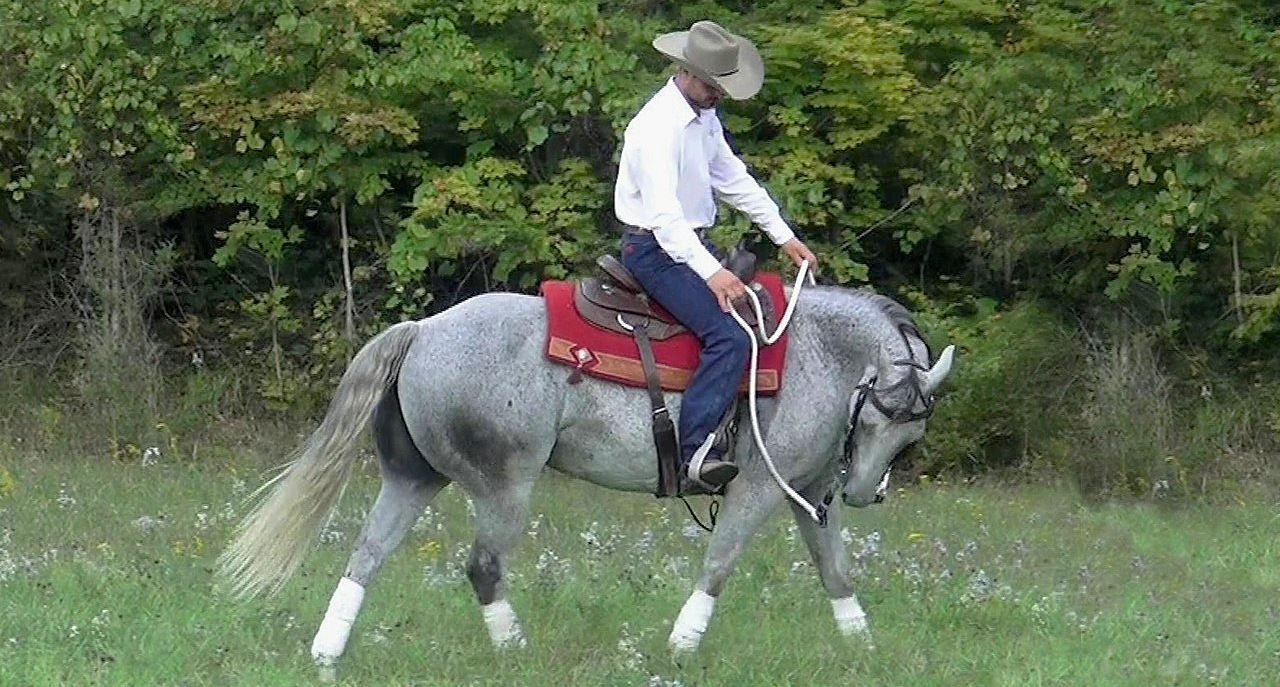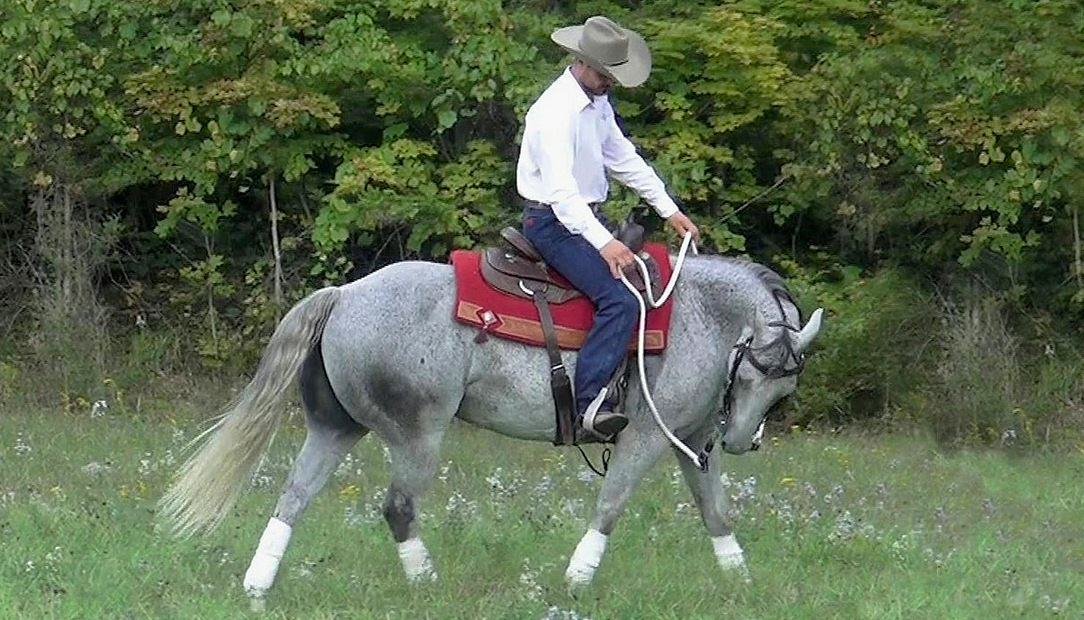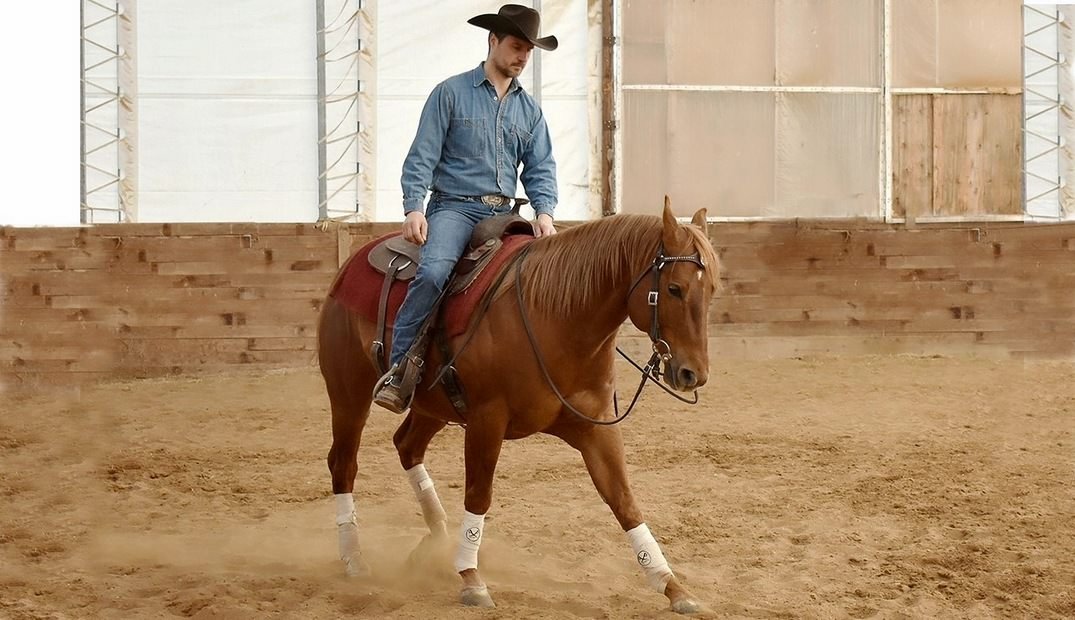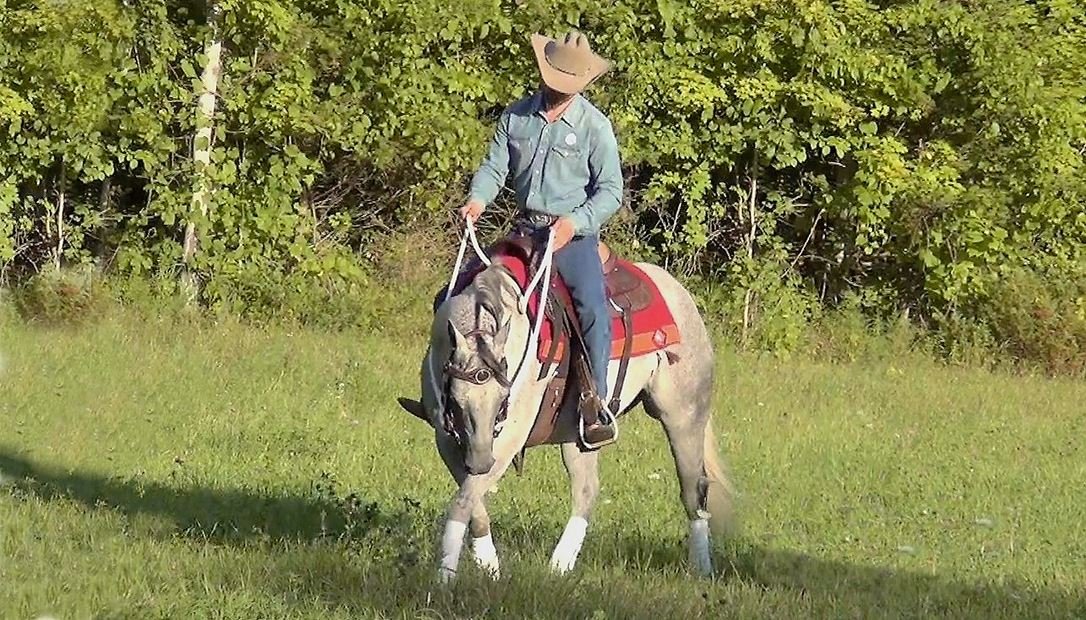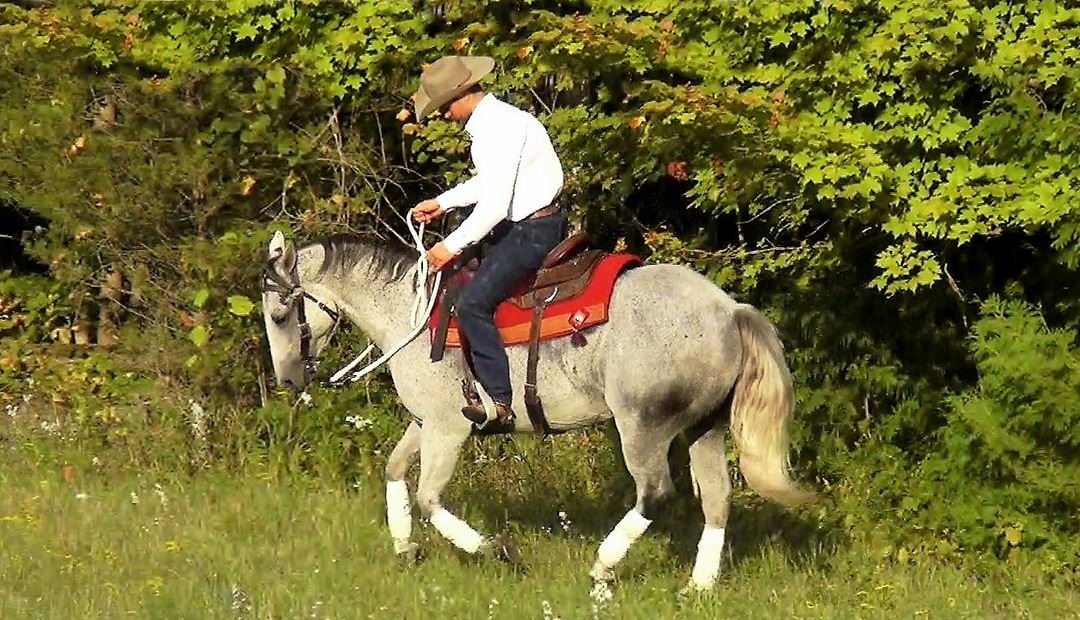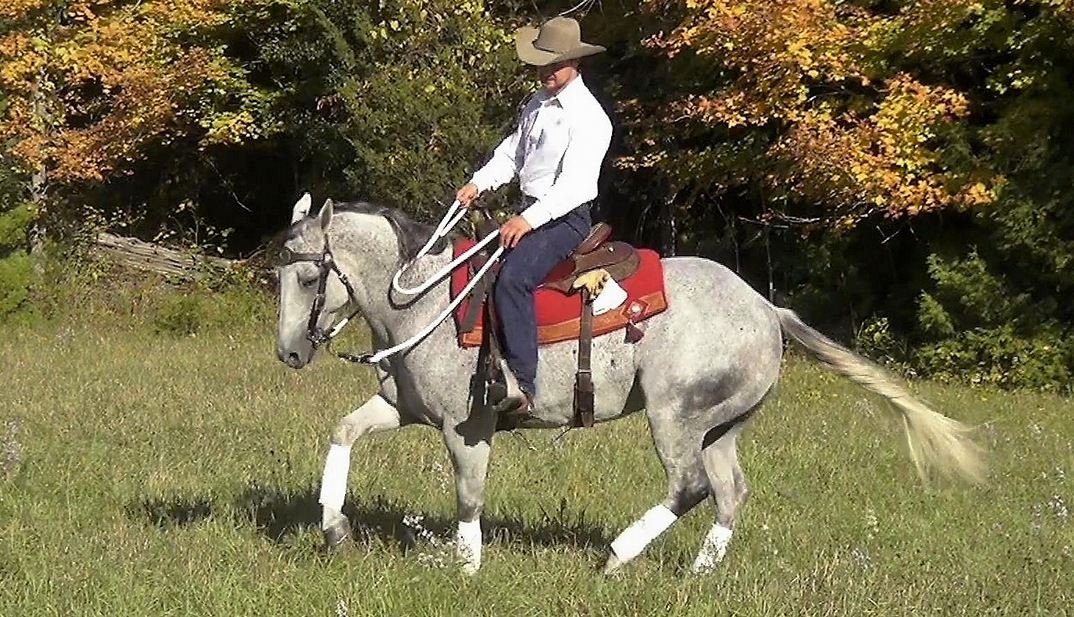The “True Grit” Academy “Evolution” program is offered to students following the “Foundation” and “Intercommunication” programs. The “Evolution” program includes ten levels of equine education of Kozak Horsemanship. Students learn methods of how to further develop the horses understanding and perform willing responses of advanced maneuvers that can be taken to professional levels. Methods of timing, repetition and periods of relaxation are educated to the “True Grit” Academy student to educate the horse how to develop muscle memory and improve the balance and coordination of the horse in order to perform to the best of his ability. It is the same philosophy and methodology used to develop any athlete. “True Grit” Academy students will possess a strong passion for horsemanship knowledge and also a strong dedication in reaching goals.
The “Evolution” program includes the following educational levels for the student:
True Grit Academy Equine Education “Evolution” Program Agreement
(or download Equine Education “Evolution” Program Agreement in PDF format)
Please send us any questions about Evolution Program
Book Your Lesson
Please submit your True Grit Academy Equine Education “Evolution” Program Agreement before booking your lesson. Once you have received confirmation of your enrollment, you may book your lesson.
[booked-calendar]
Thank you very much for your interest in a True Grit Academy Equine Education “Evolution” Program!

